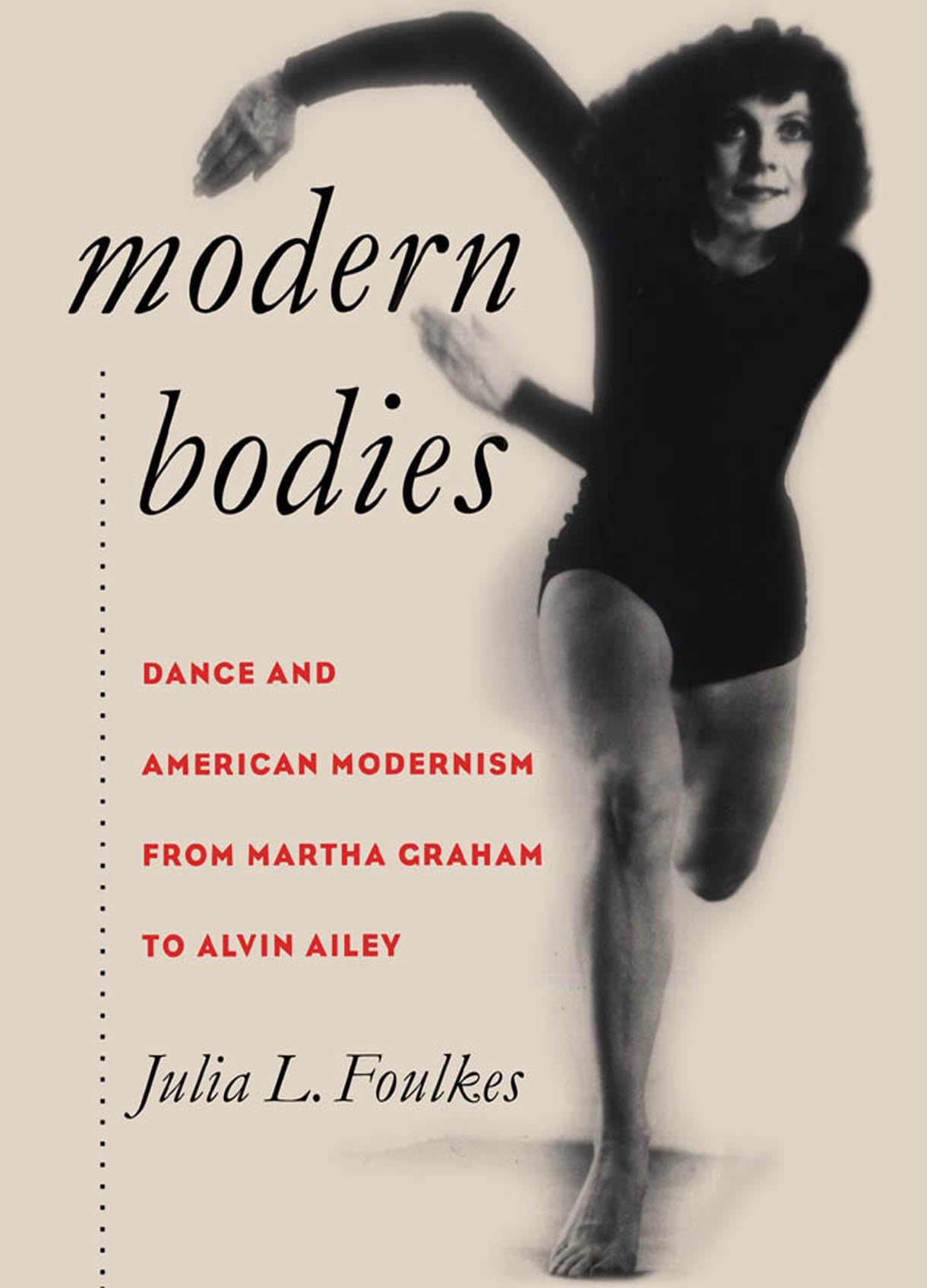Picture 1 of 1

Stock photo

Picture 1 of 1

Stock photo

Modern Bodies : Dance and American Modernism from Martha Graham to Alvin Ailey by Julia L. Foulkes (2002, Trade Paperback)

RNA TRADE (8135)
98.9% positive feedback
Price:
$20.81
Free shipping
Returns:
30 days returns. Buyer pays for return shipping. If you use an eBay shipping label, it will be deducted from your refund amount.
Condition:
Oops! Looks like we're having trouble connecting to our server.
Refresh your browser window to try again.
About this product
Product Identifiers
PublisherUniversity of North Carolina Press
ISBN-100807853674
ISBN-139780807853672
eBay Product ID (ePID)2215163
Product Key Features
Book TitleModern Bodies : Dance and American Modernism from Martha Graham to Alvin Ailey
Number of Pages272 Pages
LanguageEnglish
Publication Year2002
TopicDance / Modern, Modern / 20th Century, Women's Studies
FeaturesNew Edition
IllustratorYes
GenrePerforming Arts, Social Science, History
AuthorJulia L. Foulkes
Book SeriesCultural Studies of the United States Ser.
FormatTrade Paperback
Dimensions
Item Height0.8 in
Item Weight14 Oz
Item Length8.9 in
Item Width5.9 in
Additional Product Features
Intended AudienceTrade
LCCN2001-059758
ReviewsJulia L. Foulkes' Modern Bodies sheds new light on the rise and fall of 'historic' modern dance. Some of her conclusions are bound to stir controversy. But her idea that modern dance of the 1930s and 1940s embodied the aspirations of a democratic polity that included African Americans, gay men, and self-styled 'revolutionary' dancers of the left adds complexity to a history too often defined solely in terms of heroines and artistic giants. (Lynn Garafola, Barnard College)
Dewey Edition21
Dewey Decimal792.8
Edition DescriptionNew Edition
SynopsisThis text exposes the social dynamics that shaped American modernism and moved dance to the edges of society. Through their art, modern dancers challenged conventional roles and images of gender, sexuality, race, class, and regionalism with a confrontational view of American democracy., In 1930, dancer and choreographer Martha Graham proclaimed the arrival of dance as an art of and from America. Dancers such as Doris Humphrey, Ted Shawn, Katherine Dunham, and Helen Tamiris joined Graham in creating a new form of dance, and, like other modernists, they experimented with and argued over their aesthetic innovations, to which they assigned great meaning. Their innovations, however, went beyond aesthetics. While modern dancers devised new ways of moving bodies in accordance with many modernist principles, their artistry was indelibly shaped by their place in society. Modern dance was distinct from other artistic genres in terms of the people it attracted: white women (many of whom were Jewish), gay men, and African American men and women. Women held leading roles in the development of modern dance on stage and off; gay men recast the effeminacy often associated with dance into a hardened, heroic, American athleticism; and African Americans contributed elements of social, African, and Caribbean dance, even as their undervalued role defined the limits of modern dancers' communal visions. Through their art, modern dancers challenged conventional roles and images of gender, sexuality, race, class, and regionalism with a view of American democracy that was confrontational and participatory, authorial and populist. Modern Bodies exposes the social dynamics that shaped American modernism and moved modern dance to the edges of society, a place both provocative and perilous., In 1930, dancer and choreographer Martha Graham proclaimed the arrival of "dance as an art of and from America." Dancers such as Doris Humphrey, Ted Shawn, Katherine Dunham, and Helen Tamiris joined Graham in creating a new form of dance, and, like other modernists, they experimented with and argued over their aesthetic innovations, to which they assigned great meaning.Their innovations, however, went beyond aesthetics. While modern dancers devised new ways of moving bodies in accordance with many modernist principles, their artistry was indelibly shaped by their place in society. Modern dance was distinct from other artistic genres in terms of the people it attracted: white women (many of whom were Jewish), gay men, and African American men and women. Women held leading roles in the development of modern dance on stage and off; gay men recast the effeminacy often associated with dance into a hardened, heroic, American athleticism; and African Americans contributed elements of social, African, and Caribbean dance, even as their undervalued role defined the limits of modern dancers' communal visions. Through their art, modern dancers challenged conventional roles and images of gender, sexuality, race, class, and regionalism with a view of American democracy that was confrontational and participatory, authorial and populist. Modern Bodies exposes the social dynamics that shaped American modernism and moved modern dance to the edges of society, a place both provocative and perilous.
LC Classification NumberGV1623.F68 2002
All listings for this product
Be the first to write a review






























